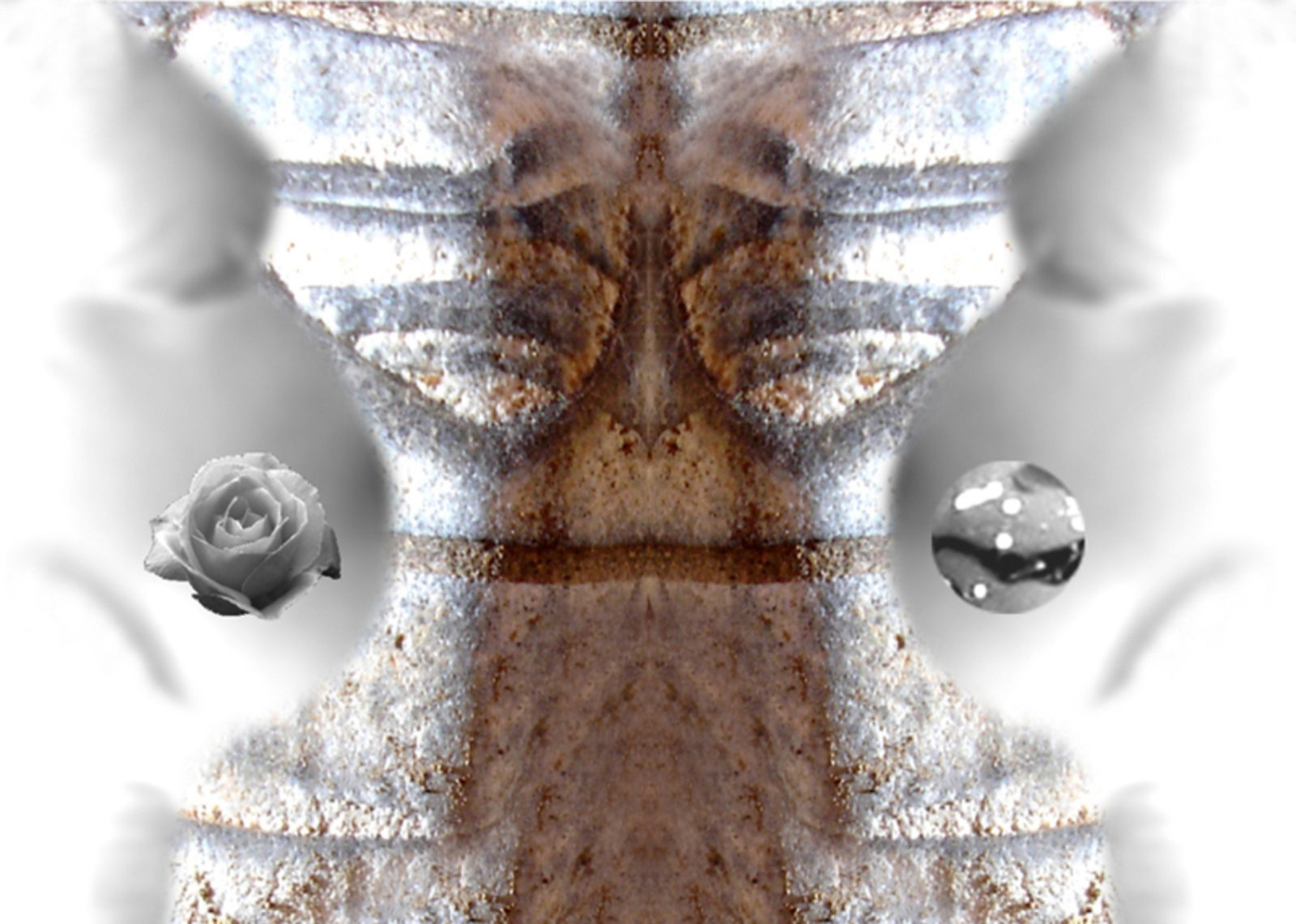The Alter Mater, encounter of languages
Massimo Bignardi
No one doubts that the new creative processes provided by the degree of sophistication attained by the new technologies are prevailing in today’s art practices. In particular, I think of those triggered by the new innovative techniques in shaping reality as proposed nowadays by the daily upgrading of the ample scope of digitization.
What is continually challenged is the relationship between reality and its representations but also the insistence on a technological imagination bringing about new language tracks upsetting the by now overthrown bounderies of practices typical of the twentieth century’s experience. Also photography (with reference to the analogue one) and the cinema, so determinant and crucial in the past ‘short century’ make room to new perspectives that hold little of the previous practices both as regards the elaboration of extremely technical processes and their usability and function on a communication level, from which the present time demands responses in split seconds.
Antonio Ambrosino is a very young Neapolitan artist whose footsteps I have been following for a long time made curious, at first, by his implementation of three-dimensional forms performing his interest in the destiny of urban space scuplture; then, by the appearances of essentially greometric figures yet pervaded by creeping organicism. Finally, recently, stimulated by his criss-cross ventures into the digital area whose composite results are stirred up by the software downloads that, from the monitor’s screen, suggest perspectives to his imagination paving the way to those sudden raids into surreal territories.
For his work dedicated to Magnificat (the narrative reference is the encounter between Mary and her cousin Elizabeth), Ambrosino has chosen to rest on the idea of the virtual sculpture after the initial project of a three-dimensional sculptural structure where the hint was to spread fiberglass on the symbolic shape of the egg meant as architecture of maternity. For this Alter Mater, he makes use of several compositional elements: first of all photography, by means of which he tries to measure the objective and hyperrealistic hold of some symbolic presences such the rose (Jesus) and the waterdrop (John) displayed through a formal output exasperated by watercolor strokes to provide more adherence to reality. Then, through the digital elaboration: a patient process of painting construction that appeals to the texture woven by angels’ wings, endlessly reproduced with the right mouse button to shape the porous substance of the base. Ambrosino avails himself of the software and the possibilites it offers without quitting the qualities of a formal project ready to intecept the interferences of the symbolic. On this purpose, the call is on to the central figure (the divine look) but also the heavenly choir of the angels inspired to Fra Angelico’s Coronation of the Virgin. He shapes the matter of the image addressing his attention to the light spectrum, taking care of keeping high the level of transparency so as to allow light – backlighting, as it deals with a light box – to become substance that moves forward thus returning the tactile sense of the vision as much as possible. It is a light that does not reflect on earthly ‘things’, that is, it does not bounce on our retina to reveal their presence, but rather crosses the immaterial body of the figures and shapes created by the artist in zero gravity, in a monitor space, with the desire to settle them in our mind without mediations.
Extract from the catalogue of the XIII Biennale d’Arte Sacra held at the Stauròs Museum of Isola del Gran Sasso (Teramo, 2008).
